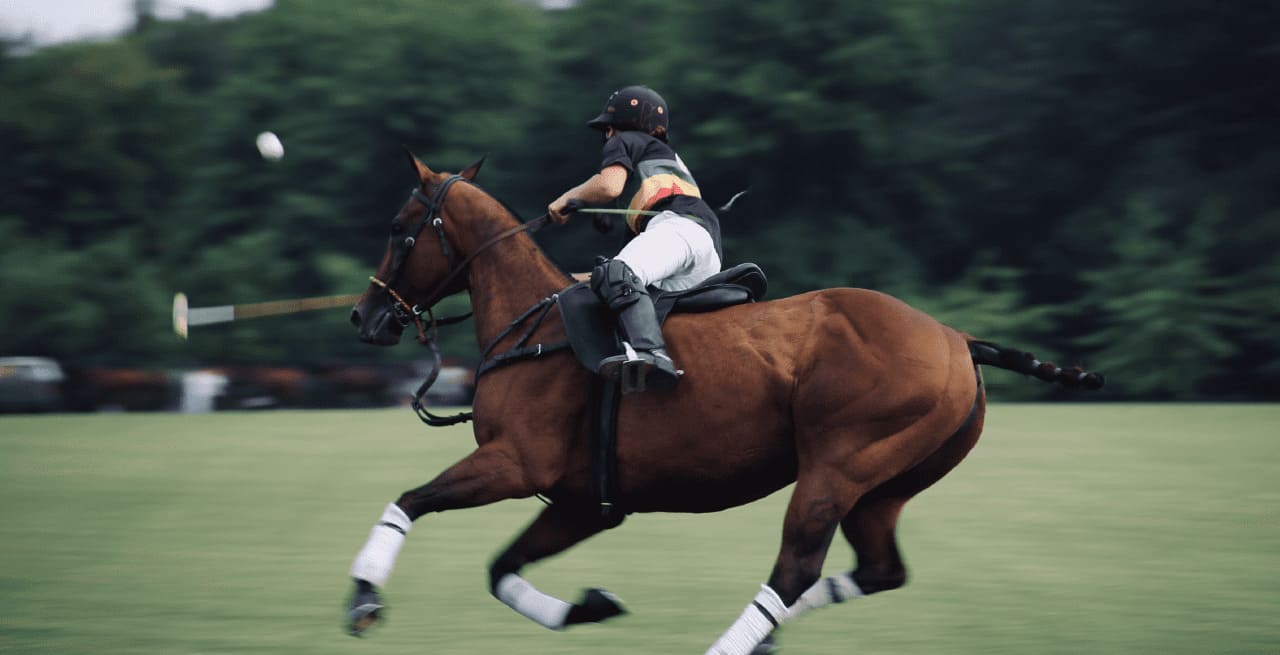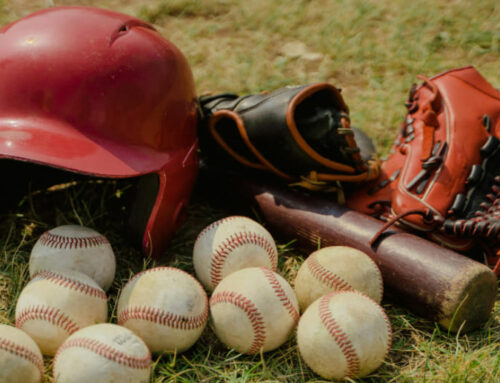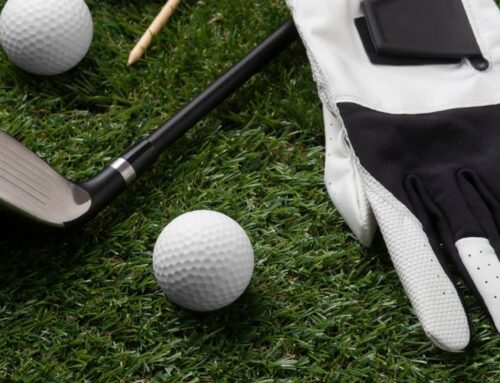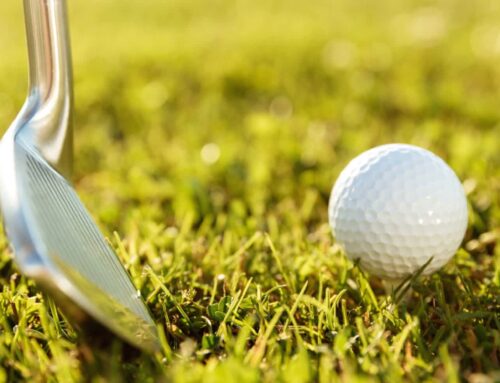Equestrianism or Horse riding is an delightful hobby and sport for adults and children alike. So it is useful for children because they can learn the responsibility of caring for an animal. As you groom, clean stables, carry saddles, equipment or bales of hay you are also doing weight-bearing exercise that helps maintain bone mass.
Equestrianism tends to become a lifestyle not just a hobby. People who ride horses are usually animal lovers and have a key part in looking after the horse every day.
History of Equestrianism?
The term “equestrianism” stems from the Latin word, “equus”, meaning horse. A quick look at the history books reveals that the first equestrian sporting contest dates back to 682 BC with a four-horse chariot race during the 25th Olympiad in Greece.
Fast-forward to the knights of the round table, and you will find that equestrian sports focused mainly on jousting events at local fairs. It wasn’t until 1868 that equestrianism’s popularity quickly spread throughout Europe and North America with the introduction of the royal Dublin Horse Show.
By 1912, the Olympic Games had added the equestrian sports of show jumping, dressage, and evening, to the line-up, and the rest is history.
- Riding pants.
- Paddock or tall boots.
- Gloves.
- Helmet.
- Safety vest.
- Lead rope.
- Saddle.
Learn to Ride a Horse( Basic Horseback):
first be ready by wear the suitable cloth and equipment of horse riding, so Long pants and proper footwear are essential for horse riding.
1- Greet your horse:
You should consider that your horse is an animal , not a vehicle that you can control at your will.
To greet your horse, extend your arm and offer the back of your hand to him to smell and wait until he touches it with his nose. and you could interpret it as a way to ask him for permission to mount him
2- Mount with confidence:
you should be in good mood when you ridding horse If you’re nervous, the horse can feel it and he might become uneasy too. you’ll find that the horses are typically trained to be mounted on the left side.
Most possibly, your guide will be holding your horse’s head while you’re mounting, but if that’s not the case, ask someone to do it so he doesn’t move.
Lift your left foot into the stirrup, hold both reins with your left hand and propel yourself up with your right leg, moving as smoothly as possible. Don’t push the horse down with your arms, this could hurt him; you can put your hands on his back, but just for balance.
3- Don’t slouch. Sit up straight and relaxed:
The best position to keep control of your horse is to sit up straight and tall, relax your back, hold the reins gently, set a foot in each stirrup, and hold your balance to not make your horse feel like he’s carrying a heavier load.
Horse riding requires strength, balance, and stamina. Luckily, these can also be trained off the saddle by adding these exercises for horse riders to your routine.
4- Be downy with the reins:
relax your arms and never pull too hard or you might hurt your horse. so there’s rarely a good reason to lift the reins above your shoulder level, your arms should normally form right angles at the elbow.
To direct your horse to the left, move the left rein towards the left in a motion similar to opening a door.
If you want to steer to the right, just do the same with the right rein. Stop by gently pulling back and pushing the heels down.
5- Don’t catch the saddle horn for balance:
When horse riding in the USA or Mexico, you most likely will find a saddle horn in your horse tack, which you can hold on to. However, you should not count on the saddle horn to keep you balanced.
If you feel unstable, try adjusting your posture, extending your legs or holding the reins more gently.
If you make a habit of catching the saddle horn, if there’s an unexpected situation along the way, this is an ineffective position to keep your balance and you’ll be more likely to fall.
That’s why you should never get used to holding onto the saddle horn even when you’re just walking. It’s better to learn properly from the get-go instead of developing bad habits that could hurt you in the long run.
6- Keep your eyes where you’re going:
Don’t fix your eye on your horse while you ride. you must always keep your eyes on the trail. Staring at your horse would be the equivalent of paying attention to the hood of your car while ignoring the road ahead.
you should look ahead through the horse’s ears. But as long as you keep sight of the path while holding a straight posture, that should be enough to have a safe trail riding trip.
7- Stay in harmony with your horse:
Be your horse. Stay calm and move your body in the rhythm of your horse. Feel the way he is walking and let him rock you from side to side without resisting.
If you want to learn anther hobby, and you like to spent your free time out side your home, we advise to read about cycling hobby.





